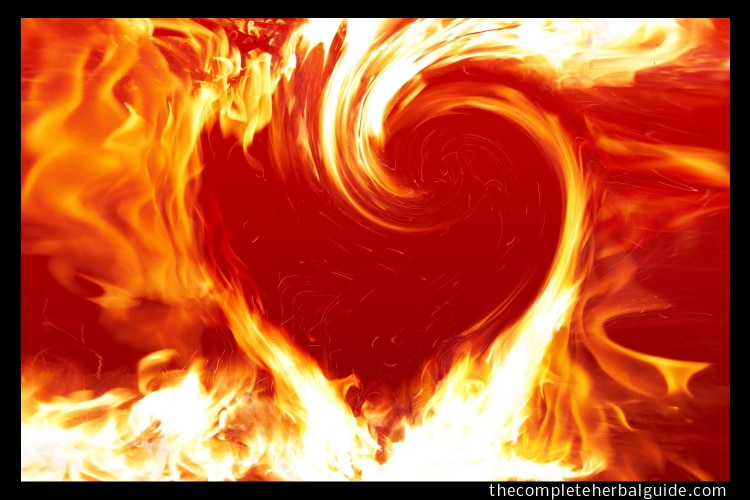
Lactic Acid: Is This Why We Get Muscle Soreness?
We’ve heard different things about lactic acid. Many of them are not true. Some people say that lactic acid makes its appearance in your body when you work out, and that’s why you feel tenderness in your muscles a few days after an intense workout. Other think it’s some sort of pain and offer pieces of advice on how to get rid of muscle soreness. In this article, we want to make things clear: which one of these myths is actually the truth ?
Table of Contents
What is lactic acid?

Before starting, it’s worth mentioning that the body, in theory, produces lactic acid, and while that happens, it detaches in lactate or a free hydrogen ion.
The lactate and the lactic acid are used interchangeably, but it’s good to keep in mind that they’re not the same thing.
From the moment you started your active exercises, such as strength training or HIIT, your muscles will need more and more of the fuel which is called adenosine triphosphate (ATP for short), more than you’d normally need when you’re, for example, sitting at a desk. You’ll need ATP at a faster rate, likewise.
What is adenosine triphosphate (ATP)?

Your body takes food products, makes them in short pieces and turns them in this fuel. This whole process will happen with the help of oxygen or without it. But it’s good to know that ATP usually produces quicker when there’s no oxygen.
Now, your body asks for fast fuel when you’re doing a serious workout and the muscles go from utilizing aerobic metabolism, which needs oxygen, to anaerobic metabolism, which leaves the oxygen apart. This is the part where the lactic acid makes it appearance.
What’s the relationship between lactic acid and ATP?
We know that the lactic acid doesn’t happen without a reason. At the moment you divide the carbohydrates to make ATP. Then your body will also create something which is called pyruvate. This thins go onto the next stage of your metabolism (which is also known as the Krebs cycle) to create even more ATP.
This is something that requires the presence of oxygen and it happens when you do regular, everyday activities, such as going shopping. However, when you go through an intense workout, your body needs the ATP to increase, so your body will produce the ATP anaerobically – without the presence of oxygen. It’s actually way faster and it does not require too many steps. When there’s no oxygen, the Pyruvate transforms into lactic acid in order to create more ATP. But this is not a reason to worry, as it will eventually metabolize for additional energy. People need to understand that their lactic acid is not a bad thing.
How does lactate affect our bodies?

When your acid lactic surpasses its clearance rate, a buildup can appear. However, it’s not a grave thing; your pH levels can get thrown off. The hydrogen ion that comes with the lactate will change the acidity of a surrounding. This is what causes the burning sensations you get when you start working out. That burning represents the buildup of hydrogen in the form of the lactic acid. The soreness comes from the acidity of the environment.
If you work out constantly, you’ve seen that you feel that pain sometimes even in the middle of the workout, but it does not cause a long-term discomfort. Which means that it does not cause the sore muscles, as we all thought it happens, because it doesn’t stay in the blood for a long time. What it does, is to travel together with the blood to the liver, where it gets transformed back into glucose.
To make things short for this article: if you do intense workouts, your body builds lactic acid – which will feel uncomfortable for a while, but it certainly won’t last for a long time. Also, that soreness that you feel after a few days from the workout doesn’t happen because of the lactic acid.






